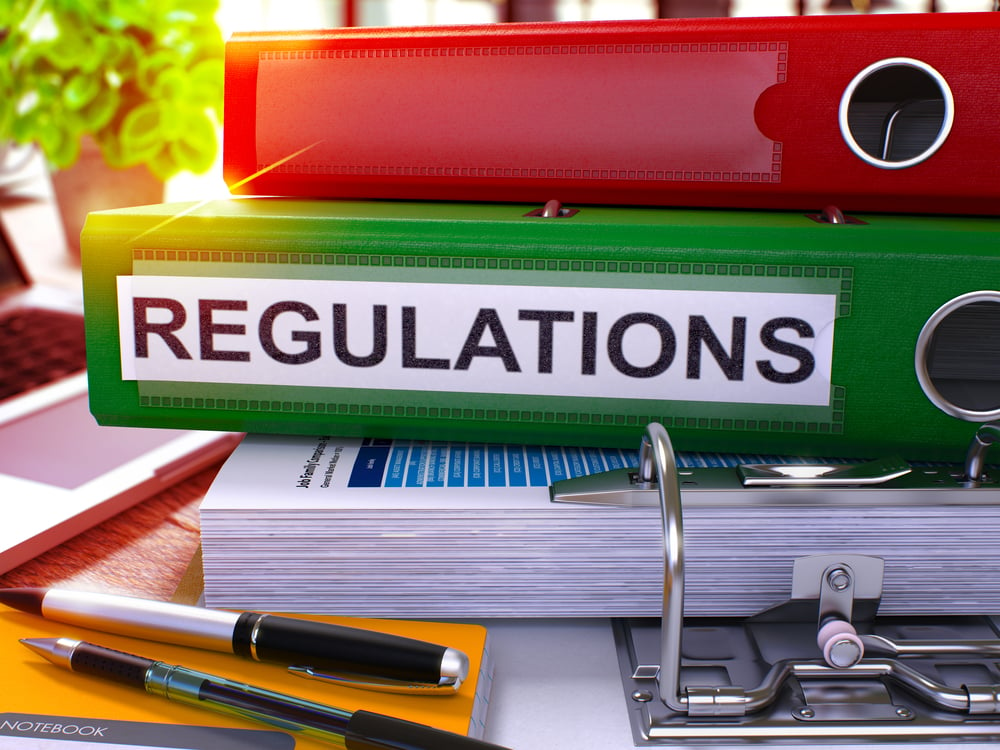The Essentials of Document Redaction: Protecting Sensitive Information
Table of contents
In the realm of information management, safeguarding sensitive data is a top priority. With the ever-growing concerns of privacy and legal compliance, document redaction plays a pivotal role in maintaining the integrity and confidentiality of important documents. This article will delve into the process and importance of document redaction, especially in sectors handling sensitive information.
Document Redaction
Understanding Document Redaction
Document redaction involves obscuring or removing sensitive information from documents before they are made public or shared within an organization. This process is crucial in preventing the disclosure of personal data, trade secrets, or any information that could compromise privacy or security.
The Process of Redaction
- Identification: The first step involves identifying the sensitive or confidential information that needs to be redacted.
- Redaction Techniques: This could involve blacking out text, removing specific sections, or using specialized software that ensures the information is irretrievable.
- Review: After redaction, a thorough review is necessary to ensure no sensitive information is left visible.
- Finalization: The redacted document is then finalized for distribution or storage, with the assurance that confidential data is protected.
Why Redaction is Critical
- Privacy Protection: In an age where data breaches are common, redaction helps protect personal and sensitive information.
- Legal Compliance: Many industries are subject to laws and regulations that mandate the protection of certain types of information. Redaction helps in complying with these legal requirements.
- Security Maintenance: It prevents unauthorized access to sensitive data, thus maintaining organizational and individual security.
Key Considerations in Document Redaction
Choosing the Right Tools
The selection of redaction tools depends on the complexity and volume of the documents. Automated software can efficiently handle large volumes, while manual redaction might be suitable for smaller tasks.
Training and Awareness
Employees should be trained on the importance of redaction and the correct ways to execute it. Awareness about what constitutes sensitive information is also key.
Regular Audits and Updates
Regular audits of redaction processes and keeping abreast of legal requirements ensure ongoing compliance and effectiveness.
Best Practices in Document Redaction
- Thoroughness: Ensure that all sensitive information is identified and redacted.
- Accuracy: Verify that the redaction is complete and irreversible.
- Consistency: Maintain consistent standards for what is considered sensitive information.
Conclusion
Document redaction is a vital process in protecting sensitive information and complying with legal standards. Its importance cannot be overstated, especially in sectors where privacy is paramount. Fill out our "get a quote" form. By understanding and implementing effective redaction practices, organizations can significantly mitigate the risks associated with the handling of sensitive documents.
Share this
You May Also Like
These Related Stories

Legal Records Management: What Every Law Firm Needs to Know

Legal Digital Transformation: The Rise of Efficiency

